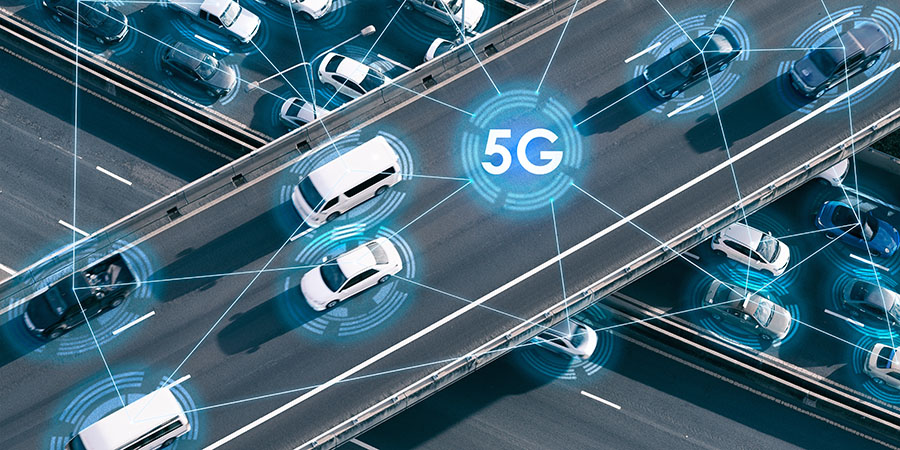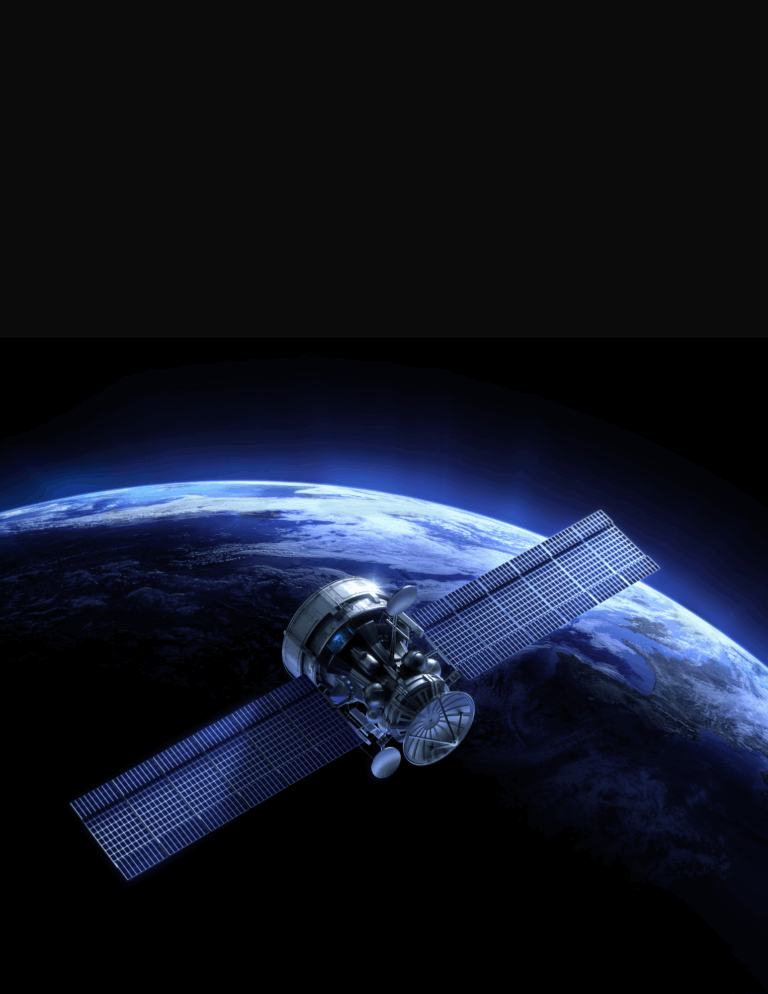Urban mobility stands at the precipice of a remarkable transformation. As cities grow denser, demands on transportation infrastructure intensify, pushing existing systems to their limits. Traffic congestion, safety hazards, and environmental pressures highlight the urgency for smarter solutions. Fortunately, three groundbreaking technologies—Internet of Things (IoT), Artificial Intelligence (AI), and 5G connectivity—are converging to redefine Intelligent Transportation Systems (ITS), paving the way toward safer, more efficient, and sustainable urban mobility.
Kemetra is at the forefront of this convergence, harnessing the power of IoT, AI, and 5G to deliver intelligent, connected traffic solutions. This synergy is reshaping urban transportation, creating smarter roads, safer journeys, and stronger communities.
IoT: Connecting the Infrastructure
At the heart of tomorrow’s transportation revolution is the Internet of Things. IoT transforms traditional, static transportation infrastructure into dynamic, interconnected systems capable of real-time communication and decision-making. IoT-enabled sensors embedded in roads, intersections, vehicles, and roadside equipment continuously gather and transmit crucial data—including traffic volume, vehicle speeds, environmental conditions, and infrastructure health.
Kemetra leverages IoT technology extensively, integrating advanced sensors throughout city infrastructure. These sensors detect road conditions, identify accidents or hazards instantly, and facilitate real-time data exchange between traffic signals, emergency responders, and road users. By making previously isolated infrastructure “talk” with vehicles, IoT transforms traffic management from a reactive process into an intelligent, proactive system.
AI: Turning Data into Actionable Intelligence
If IoT provides the data, Artificial Intelligence delivers the insights. AI is essential for converting vast amounts of raw data into meaningful, actionable information, powering smarter decisions, predictive analytics, and automated responses. Traditional traffic systems, often based on fixed timings or manual monitoring, struggle with efficiency. AI revolutionizes this paradigm, enabling dynamic, adaptive traffic management responsive to real-world conditions.
Kemetra’s advanced AI-driven analytics interpret real-time IoT data, swiftly identifying emerging congestion points, predicting incidents before they escalate, and optimizing traffic flow to reduce travel times. AI-enhanced predictive capabilities, such as digital twin simulations, empower cities to plan for special events, weather emergencies, or infrastructure disruptions. Moreover, AI-driven video analytics precisely detect vulnerable road users, hazardous behaviors, and safety conflicts instantly, enabling rapid interventions that prevent accidents and save lives.
5G: Enabling Real-Time Connectivity
High-quality, ultra-fast connectivity is essential for the real-time responsiveness demanded by next-generation ITS. Fifth-generation (5G) wireless technology brings transformative speed, reliability, and low latency, enabling instantaneous data sharing between vehicles, infrastructure, and cloud-based analytics platforms.
Traditional cellular networks often struggle with bandwidth constraints, especially in dense urban environments. In contrast, 5G supports millions of connected devices simultaneously, delivering real-time data streams critical for connected vehicle (V2X) communications, immediate safety alerts, and adaptive traffic signal timing. Kemetra’s use of 5G ensures seamless, instant communication, empowering cities with unprecedented responsiveness and resilience.
Convergence in Action: Real-Time Incident Management
When IoT, AI, and 5G converge, their combined potential dramatically enhances urban safety and mobility. Consider real-time incident detection: IoT sensors embedded in infrastructure detect an accident instantly, AI immediately classifies the incident severity, and 5G connectivity disseminates this information instantly to nearby vehicles, emergency responders, and traffic control systems.
In seconds, adaptive signals activate, clearing routes for emergency responders and redirecting traffic to avoid congestion. Vehicles receive instant notifications, ensuring drivers avoid secondary collisions or dangerous traffic backups. This scenario exemplifies how the convergence of IoT, AI, and 5G transforms urban mobility from reactive crisis management into proactive, life-saving intervention.
Digital Twins: Predictive Mobility Management
Digital twin technology—virtual replicas of physical transportation networks—is another powerful manifestation of the IoT-AI-5G convergence. Kemetra uses digital twins to simulate real-world traffic scenarios based on precise, real-time data. With 5G-enabled data streams feeding live conditions into AI-driven predictive models, city planners and traffic operators can proactively manage mobility challenges such as construction projects, special events, or emergencies.
These predictive simulations allow cities to test various scenarios virtually, optimizing responses and enhancing preparedness. The ability to anticipate, rather than simply react to, transportation disruptions significantly improves urban mobility, reduces congestion, and increases public safety.
Enhanced Safety and Vision Zero
The ultimate measure of ITS success is improved road safety. By combining IoT’s comprehensive sensing capabilities, AI’s predictive insights, and 5G’s immediate communication speed, Kemetra’s platform directly supports cities’ Vision Zero initiatives, targeting the complete elimination of traffic-related fatalities and serious injuries.
Real-time analytics immediately identify risky driving behaviors, conflicts at intersections, and vulnerable road users (VRUs). Instant communication via 5G alerts drivers, cyclists, and pedestrians to potential dangers in real time, effectively reducing accidents and enhancing road safety citywide.
Sustainability Through Efficient Mobility
Smart urban mobility is not only about safety and efficiency but also sustainability. Congested, inefficient traffic systems significantly increase vehicle emissions and air pollution. The IoT-AI-5G convergence dramatically enhances traffic efficiency, reducing idling times, optimizing travel routes, and minimizing unnecessary vehicle stops. This translates directly into lower emissions, improved air quality, and reduced urban carbon footprints.
Kemetra’s solutions, incorporating green wave corridors and adaptive signal timing optimized by AI, deliver substantial fuel savings and emissions reductions—helping cities achieve their sustainability targets alongside mobility goals.
Preparing for Autonomous Mobility
Looking forward, the convergence of IoT, AI, and 5G lays a robust foundation for the widespread adoption of connected and autonomous vehicles (CAVs). These vehicles rely heavily on real-time, reliable data exchanges between road infrastructure, vehicles, and traffic management centers. The integrated technologies deployed by Kemetra ensure seamless CAV integration into urban transportation networks, paving the way for safer, more efficient autonomous mobility.
5G connectivity’s low latency, IoT’s precise real-time data collection, and AI’s predictive capabilities collectively ensure autonomous vehicles operate safely, efficiently, and in harmony with city traffic systems.
The future of Intelligent Transportation Systems is shaped by the powerful convergence of IoT, AI, and 5G technologies. Kemetra leverages this synergy to deliver smarter roads, safer journeys, and sustainable mobility solutions. By embracing these technologies, cities not only address today’s transportation challenges but also pave the way toward tomorrow’s connected, intelligent, and resilient urban mobility networks.



